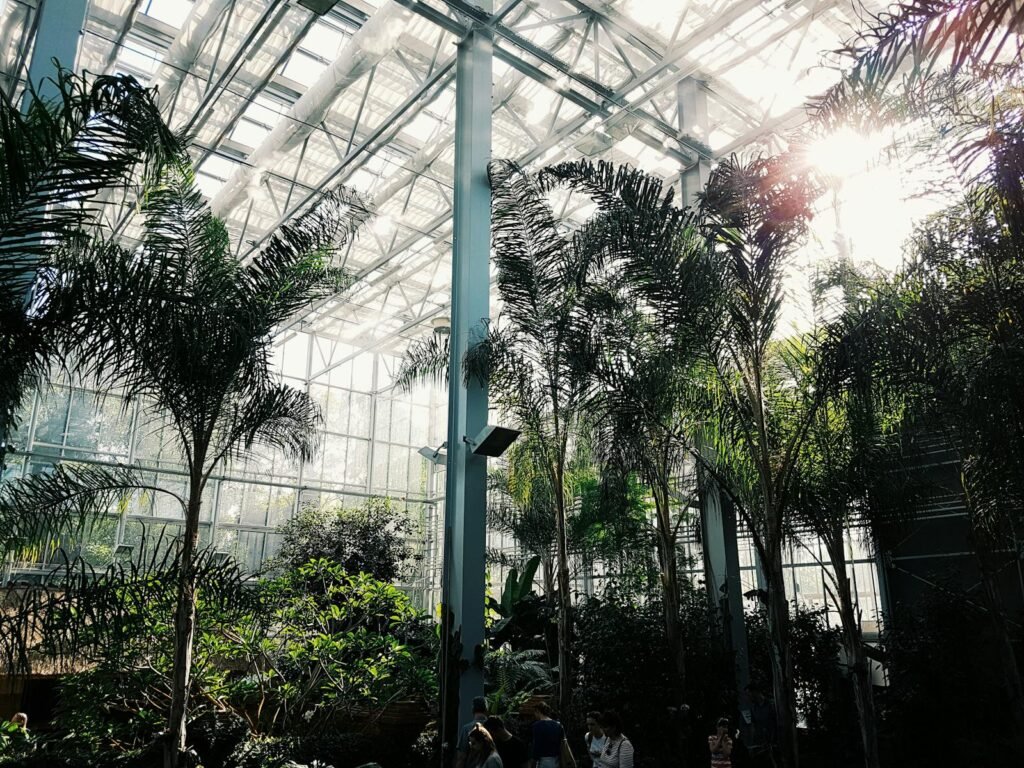Imagine wandering through a lush botanical garden, surrounded by a kaleidoscope of flowers and rare trees from distant lands. It feels like a living museum, a wonderland where nature’s diversity is celebrated and cherished. But what if, hidden under this beauty, lies a secret threat—one that’s changing wild landscapes far beyond the garden gates? The story of botanical gardens and their surprising role in spreading invasive species is as tangled as the vines they sometimes nurture. It’s a tale of passion, discovery, and unintended consequences—a reminder that even our best intentions can grow wild.
The Birth of Botanical Gardens: Seeds of Curiosity
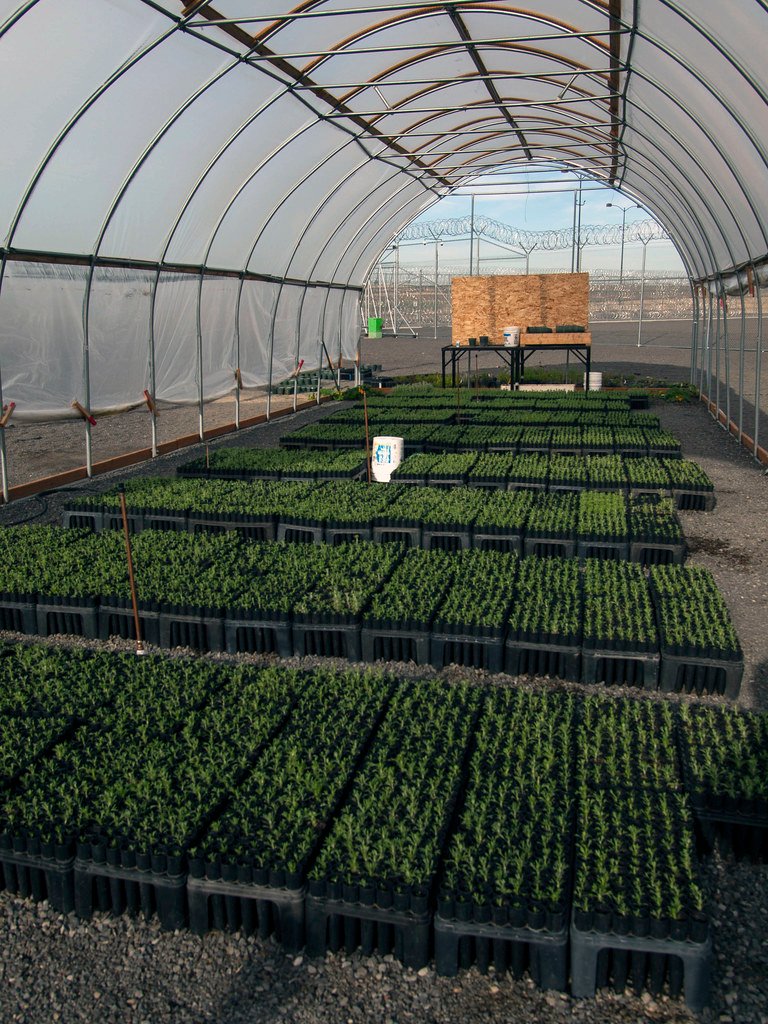
Botanical gardens have enchanted people for centuries. Originally, they began as modest collections of medicinal plants, serving as outdoor pharmacies for early healers and apothecaries. Over time, these gardens grew into vast living libraries, brimming with specimens gathered by explorers from every corner of the earth. The Victorian era, in particular, saw an explosion of plant collecting, as botanists and adventurers returned home with exotic treasures. These collections became symbols of prestige and scientific progress, turning botanical gardens into centers of learning and wonder. Yet, inside these green havens, a silent gamble was being made—one that would ripple outward in ways few foresaw.
Exotic Beauty and the Lure of the Unfamiliar
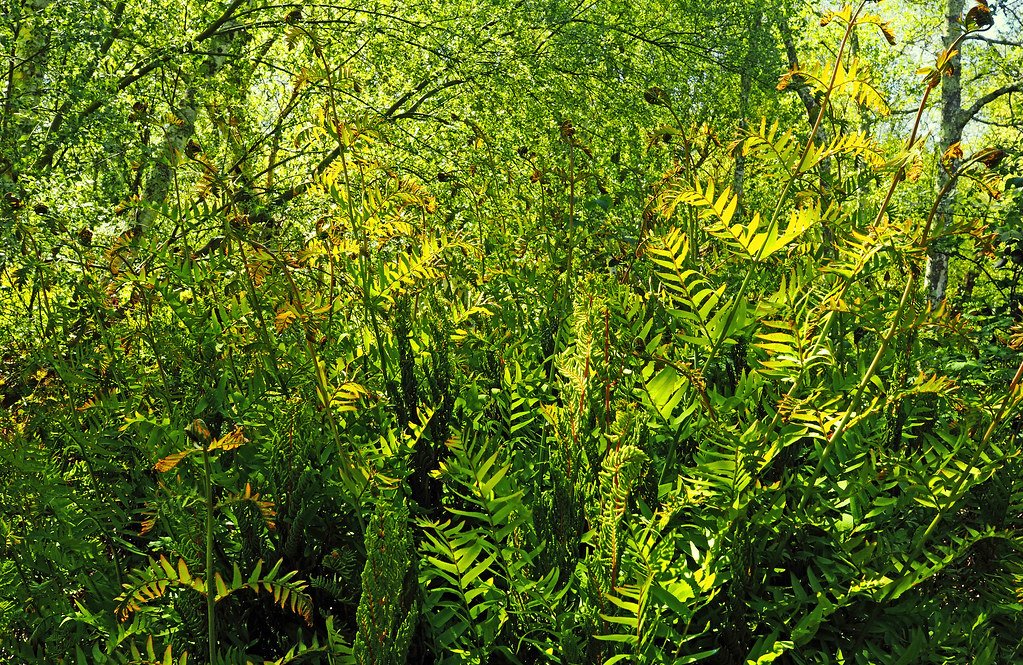
Humans are naturally drawn to the novel and unusual, and plants are no exception. Botanical gardens delighted visitors with strange blooms, towering trees, and peculiar vines never before seen in their homelands. The drive to showcase rare species led to the introduction of plants from distant continents, each with its own story and hidden traits. Sometimes, these plants thrived in ways no one predicted, growing faster and spreading wider than any local species. The very qualities that made a plant attractive—hardiness, rapid growth, and adaptability—could also make it a future invader, quietly waiting for a chance to escape.
When Plants Escape: The Birth of an Invader
It might sound like something out of a science fiction story, but plants do escape. Seeds hitch rides on shoes, wind, water, or even birds. Sometimes, garden staff or visitors unknowingly help spread them. Once outside the garden walls, a well-adapted plant can quickly take root in the wild, outcompeting native species for resources. Over time, these escapees can form dense thickets, choke waterways, or transform entire landscapes. The story of the purple loosestrife in North America or Japanese knotweed in Europe began with innocent introductions—beautiful, exotic plants that refused to stay put.
Not All Invasives Are Villains—Until They Are
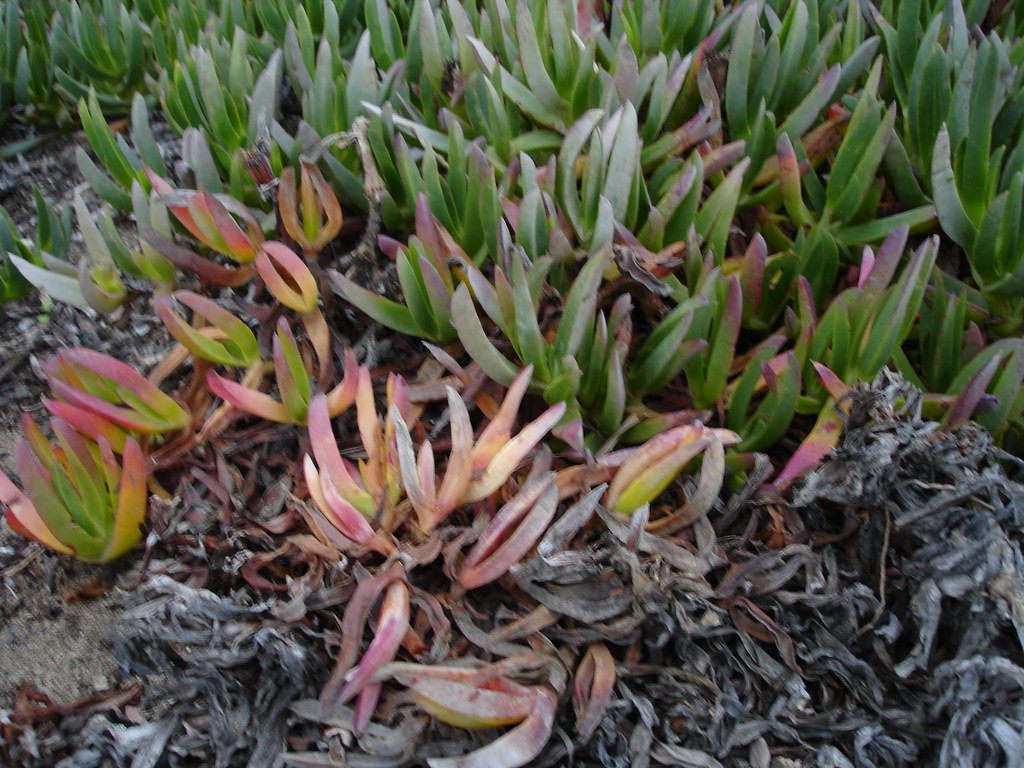
It’s easy to think of invasive plants as villains, but the reality is more nuanced. Many species brought to botanical gardens were never meant to cause harm. Some were chosen for their beauty, others for their rarity or usefulness. Only after decades or even centuries did some of these plants reveal their invasive potential. Climate change, land use shifts, and the absence of natural predators can all tip the balance, turning yesterday’s prized specimen into today’s ecological headache. It’s a reminder that nature’s rules are always changing, and what seems harmless today may not stay that way tomorrow.
Botanical Gardens as Accidental Gateways
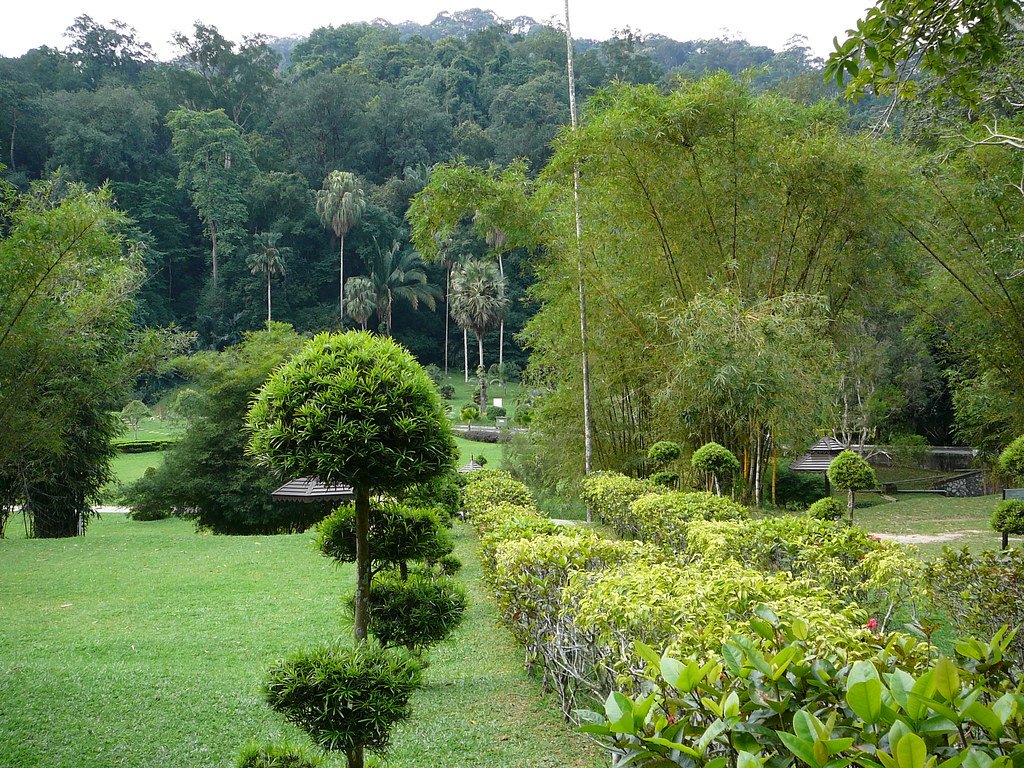
Botanical gardens, by their very nature, act as test grounds for plants far from home. Here, they are nurtured, studied, and admired, sometimes growing in conditions unlike anything in their native range. This experimentation, while valuable for science, can open the door for species to adapt and thrive in new environments. With thousands of visitors, staff, and researchers moving through these gardens, the chances for seeds or cuttings to escape are surprisingly high. In some cases, the very networks that allow gardens to share rare plants can also help spread problem species across continents.
Famous Cases: Plants That Went Rogue
The list of famous botanical escapees is longer than you might think. Kudzu, once touted as a miracle vine for erosion control in the American South, now smothers forests and fields with relentless speed. The water hyacinth, admired for its floating purple flowers, clogs rivers from Africa to Asia, starving fish and blocking boats. Even the humble English ivy, a fixture in many gardens, has become a menace in forests across North America, strangling trees and shading out wildflowers. Each of these plants started as a curiosity—until they became a crisis.
Scientific Sleuths: Tracing the Path of Invaders
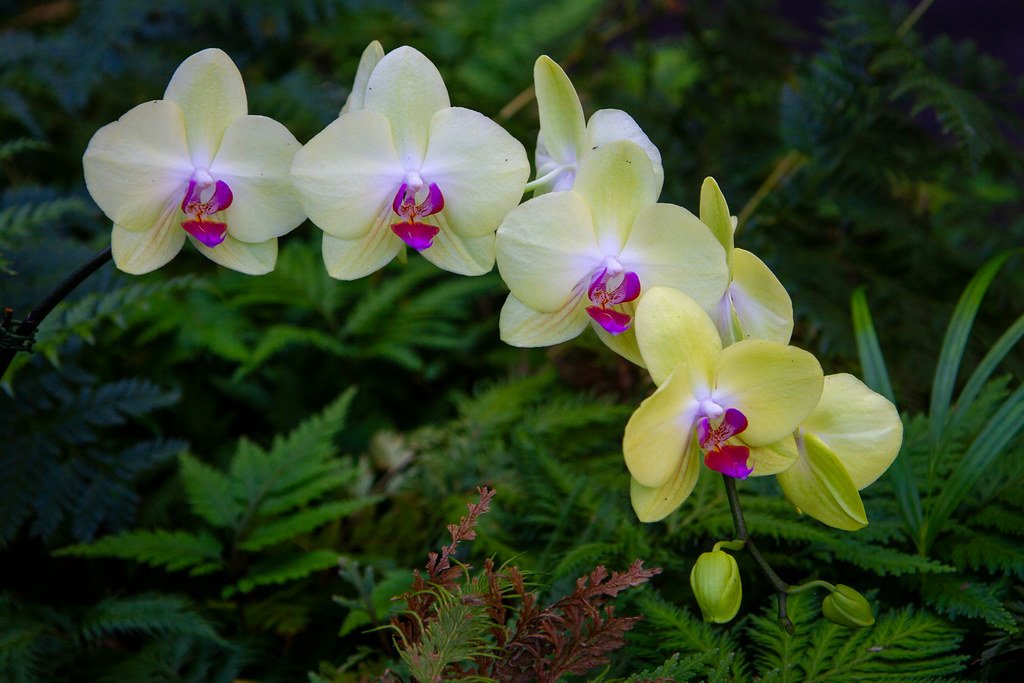
Modern science has given us powerful tools to trace the journey of invasive plants. Using genetic analysis, researchers can often pinpoint where a plant’s invasive population began and how it spread. In many cases, the trail leads back to botanical gardens or historic plant exchanges. These findings have reshaped how we think about plant introductions and the responsibilities of those who manage living collections. It’s a bit like detective work—piecing together clues to understand how a beautiful flower in a garden became a landscape-altering force beyond the fence.
Why Some Plants Become Invasive Superstars
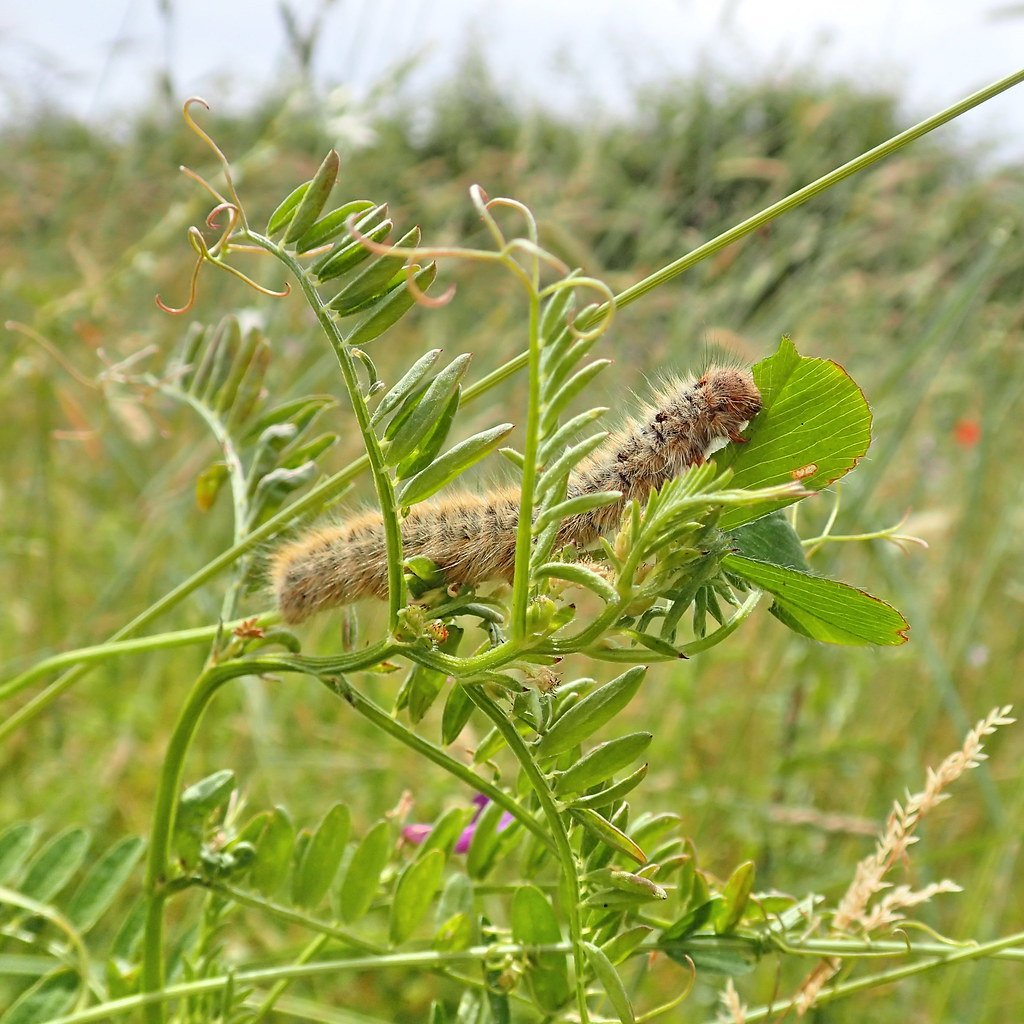
Not every plant has what it takes to become invasive. Scientists have identified certain traits that make a species more likely to go rogue: rapid growth, prolific seed production, tolerance of different soils, and resistance to pests. In botanical gardens, these traits are often prized—they make plants easy to grow and showy for visitors. But in the wild, the same qualities can spell disaster for native species with slower life cycles. It’s a classic case of unintended consequences, where the very features that win awards in the garden become weapons in nature.
The Role of Climate and Changing Environments
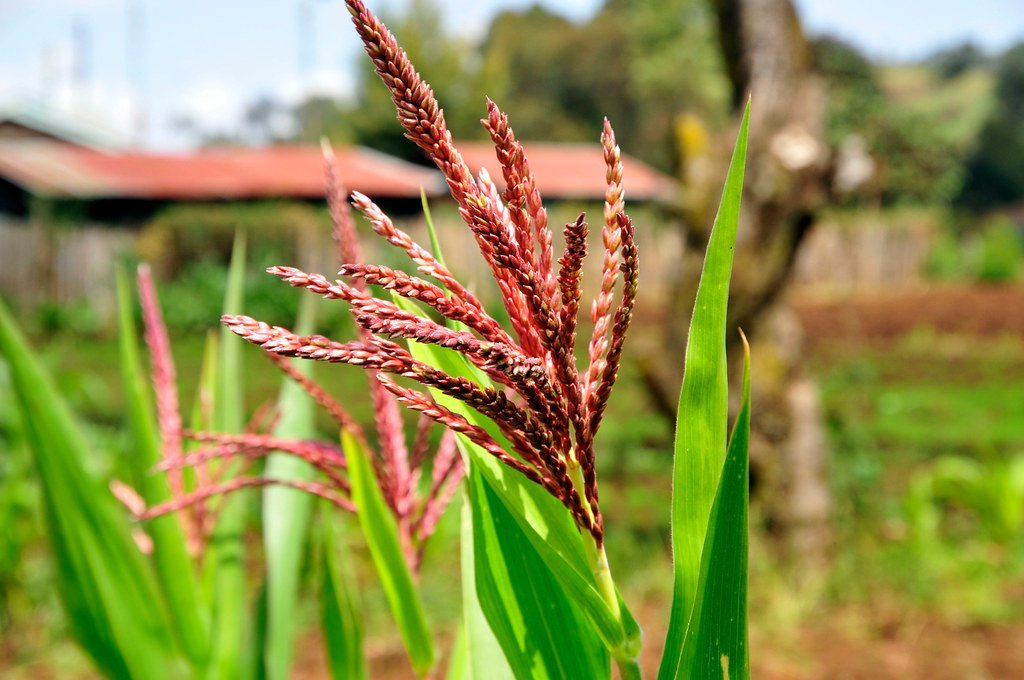
As the planet warms and weather patterns shift, the stage is set for even more plant invasions. Species that once struggled to survive in a new climate may suddenly find themselves right at home. Botanical gardens, often at the forefront of experimenting with new species, can accelerate this process. A plant that seemed benign in the past may become invasive as winters grow milder or droughts more severe. This makes predicting future invasions even trickier, adding a layer of urgency to the work of garden managers and ecologists.
Global Exchange: How Plant Sharing Fuels Invasions
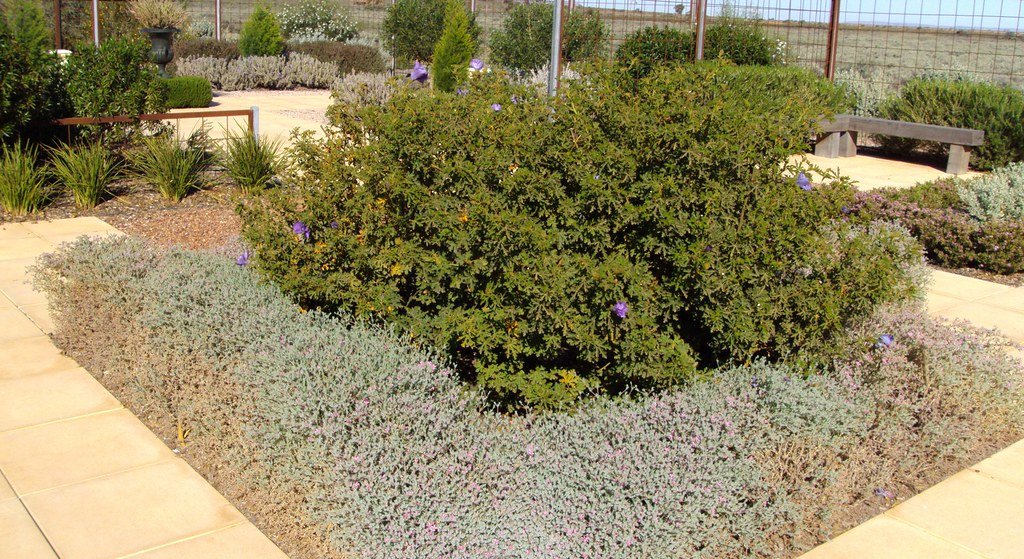
Botanical gardens are part of a worldwide network, exchanging seeds, cuttings, and expertise. While this collaboration drives scientific discovery, it also raises the risk of spreading potential invasives. Sometimes, seeds smuggled in soil or hidden on roots escape detection. International plant exchanges, once seen as harmless academic pursuits, now come with heavy ethical and ecological responsibilities. The challenge is to balance our thirst for knowledge with the need to protect native ecosystems—no easy feat in an interconnected world.
The Human Touch: How Visitors Unknowingly Help Spread Invasives

It’s not just plants that travel—people do too. Every year, millions of visitors stroll through the world’s botanical gardens, marveling at rare and exotic species. Unbeknownst to most, tiny seeds can cling to shoes, clothing, or even pets, hitching a ride to new locations. A single careless step off a gravel path can introduce a new species to a nearby park or forest. Even well-meaning gardeners, inspired by what they see, may take home cuttings that become tomorrow’s invaders. The human love of plants is both a blessing and a curse when it comes to invasives.
Modern Safeguards and Prevention Efforts
Today’s botanical gardens are far more aware of the risks than their predecessors. Strict protocols govern which plants are introduced, where they are planted, and how they are monitored. Many gardens participate in risk assessments, using scientific models to predict which species might become invasive. Staff receive training on containment and early detection, and some gardens even remove species known to be problematic in their region. These efforts aren’t perfect, but they represent a huge leap forward from the freewheeling days of Victorian plant collecting.
Education: The Garden’s Most Powerful Tool
One of the most important roles of botanical gardens is education. Visitors learn about plant diversity, conservation, and the hidden dangers of invasive species. Many gardens now feature exhibits highlighting the impacts of invasives, using storytelling and interactive displays to make the risks real. School programs, guided tours, and workshops empower people to make informed choices about what they plant in their own yards. Knowledge is a powerful antidote to accidental harm—when people understand the stakes, they’re more likely to act responsibly.
Conservation in Action: Turning Mistakes into Opportunities
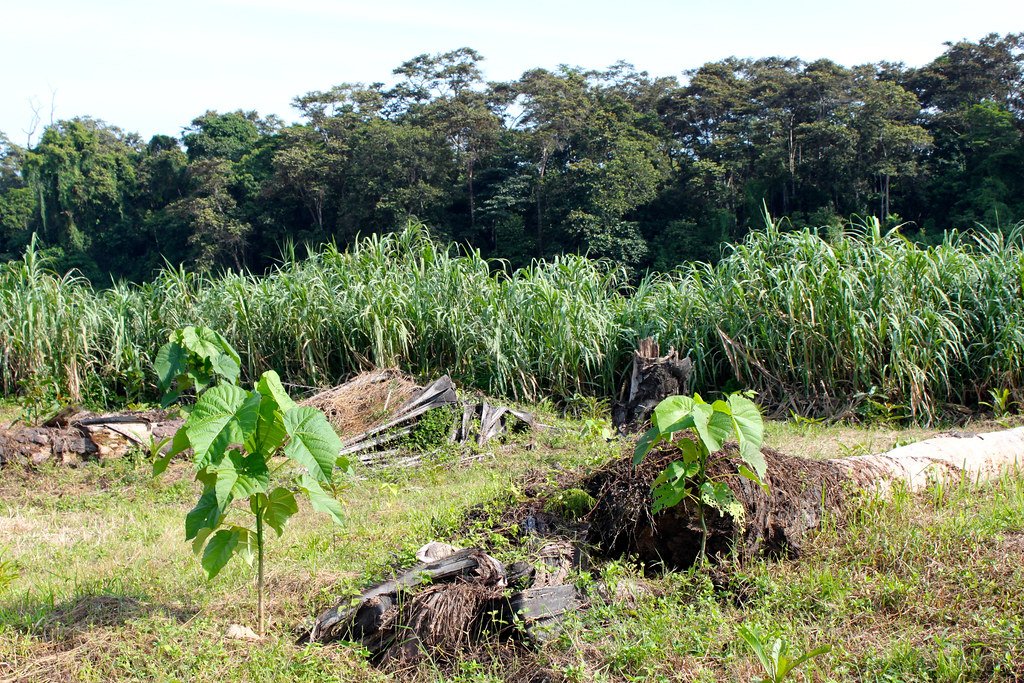
Some botanical gardens have turned their invasive species mistakes into powerful conservation stories. By removing problem plants and restoring native habitats, gardens can become models of ecological healing. Restoration projects often involve collaboration with local communities, scientists, and government agencies. These efforts show that while mistakes happen, they can also inspire positive change. It’s a hopeful message: even in the face of unintended consequences, there’s always a chance to make things right.
Collaboration Between Gardens and Scientists
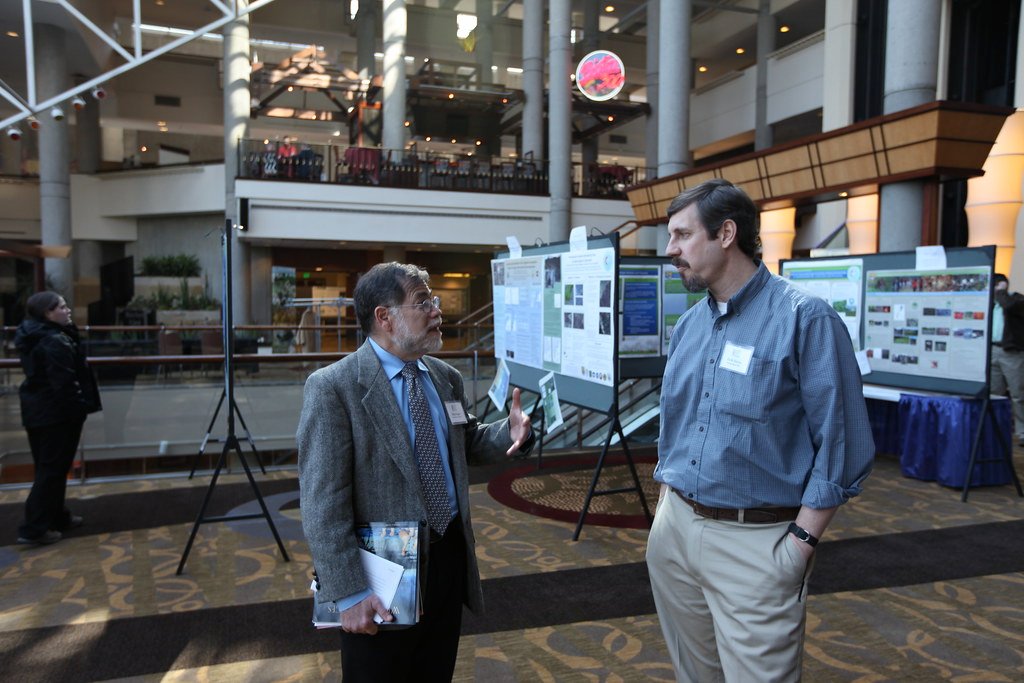
The fight against invasive species isn’t a solo mission. Botanical gardens work closely with ecologists, government agencies, and conservation groups to share information and coordinate responses. International networks allow for the rapid exchange of data about emerging threats, helping gardens stay one step ahead. Joint research projects shed light on the mechanisms of invasion and develop new strategies for prevention. This spirit of cooperation is crucial in a world where plants—and their problems—don’t respect borders.
The Ethics of Plant Introduction

Every decision to introduce a new species comes with ethical questions. Is the beauty of a rare flower worth the risk it might pose to local ecosystems? Should scientific curiosity override caution? Botanical gardens must weigh these dilemmas every day, balancing their mission to educate and inspire with their responsibility to protect nature. Increasingly, gardens are adopting a precautionary approach, erring on the side of safety when uncertainty exists. These choices reflect a growing awareness that our actions, however well-intentioned, can have far-reaching impacts.
Early Detection: The Race Against Time

Catching an invasive species early is like spotting a spark before it becomes a wildfire. Botanical gardens invest in regular monitoring, searching for signs that a plant is spreading beyond its intended bounds. Rapid response teams can remove new invaders before they gain a foothold, saving time, money, and ecosystems. Technology, such as remote sensing and genetic barcoding, is making early detection more effective than ever. Still, vigilance is key—the sooner a problem is caught, the easier it is to fix.
The Role of Citizen Science
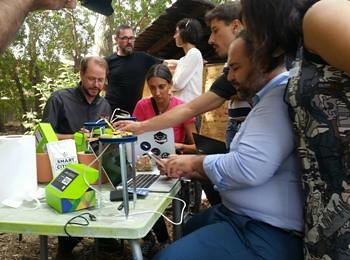
Ordinary people can make a huge difference in controlling invasive species. Many botanical gardens encourage citizen science, inviting visitors and community members to report sightings of unusual plants. Apps and online platforms make it easy to share information with experts, creating a real-time map of where invasives are spreading. Engaging the public turns every pair of eyes into a potential guardian of biodiversity. It’s a reminder that the fight against invasives isn’t just for scientists—it’s for everyone who loves the natural world.
Looking Forward: Rethinking What We Value
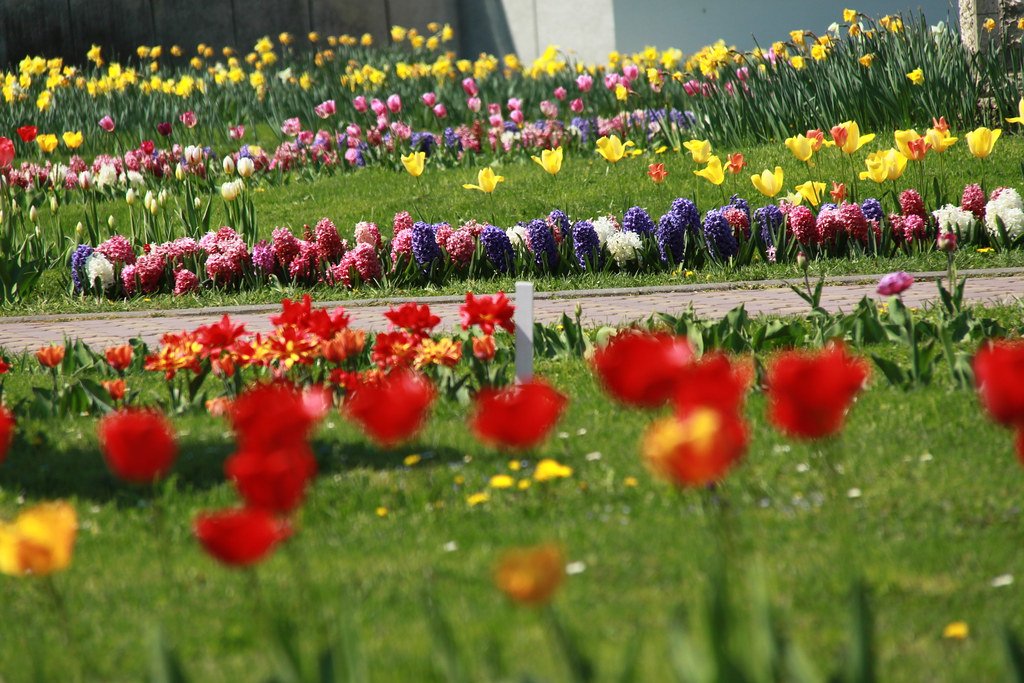
The story of botanical gardens and invasive species forces us to rethink our relationship with nature. It challenges us to look beyond surface beauty and consider the impact of our choices. As climate change reshuffles the deck, many beloved garden plants may turn into tomorrow’s invaders. This uncertainty invites humility, curiosity, and a willingness to learn from our mistakes. Perhaps the greatest lesson is that stewardship of the earth is a shared, ongoing journey—one that calls for both wonder and wisdom.
Final Reflections: The Bloom and the Burden
Botanical gardens are places of inspiration and discovery, but they also carry the weight of their history. Their role in spreading invasive species is a cautionary tale about the power and pitfalls of human curiosity. By acknowledging past errors and embracing new responsibilities, gardens can continue to lead in conservation and education. The real beauty of a garden lies not just in its flowers, but in the care and foresight with which it is tended. What will we choose to grow next?

